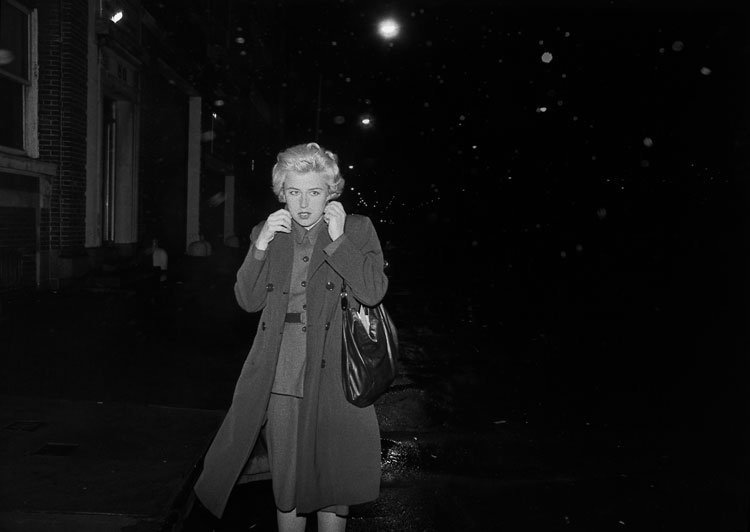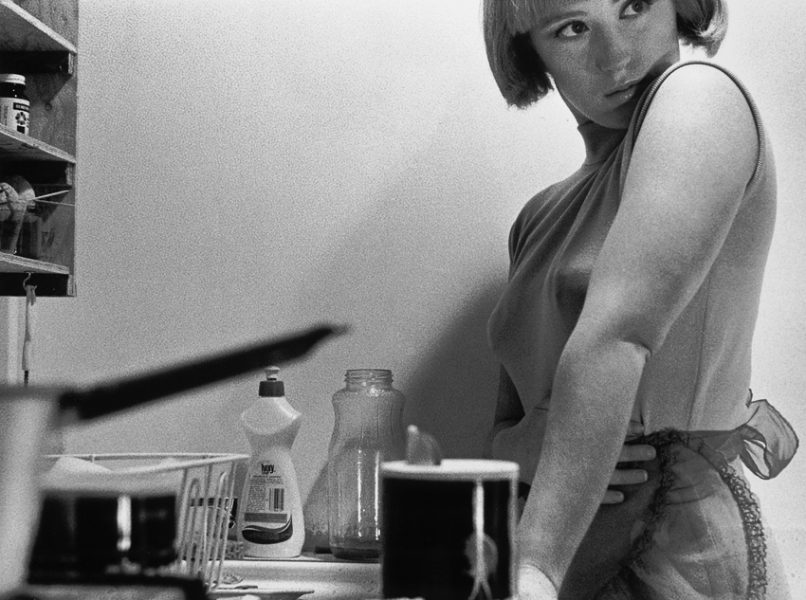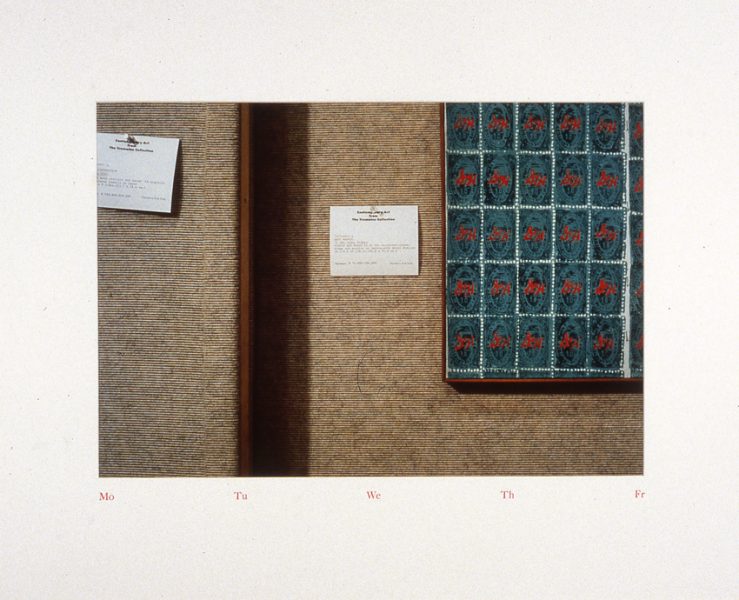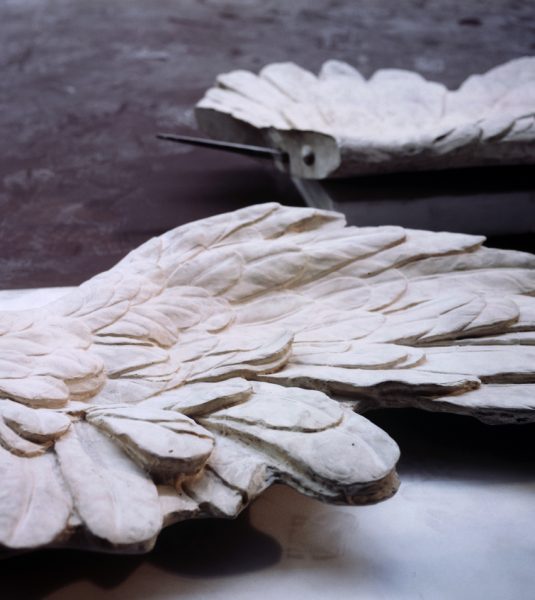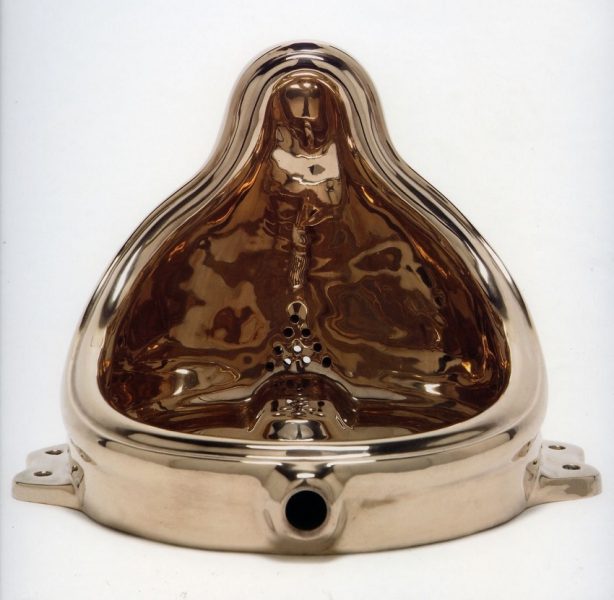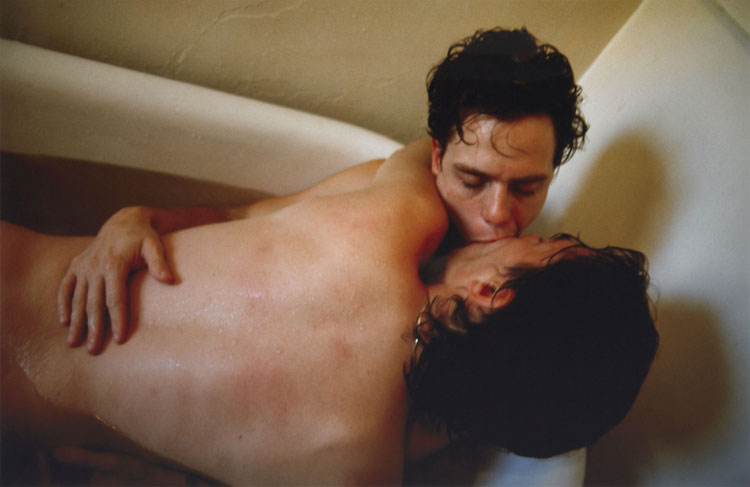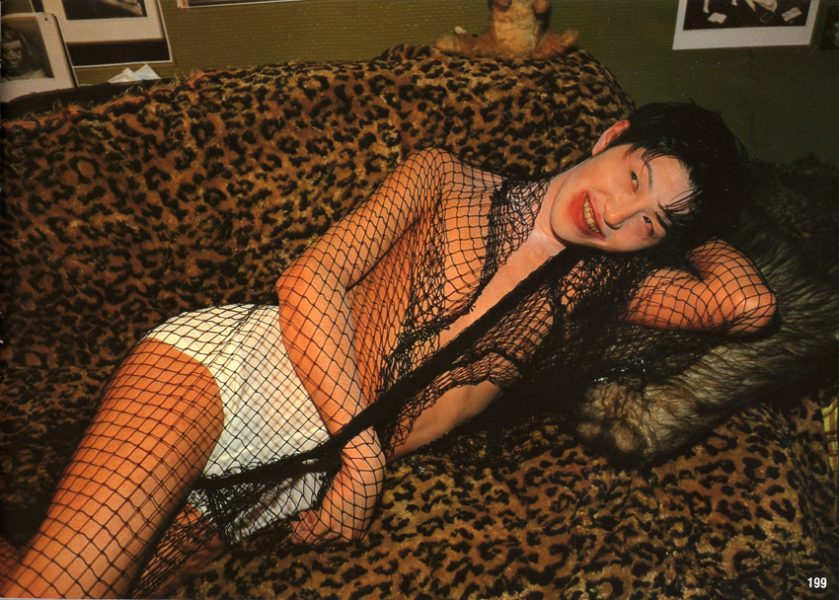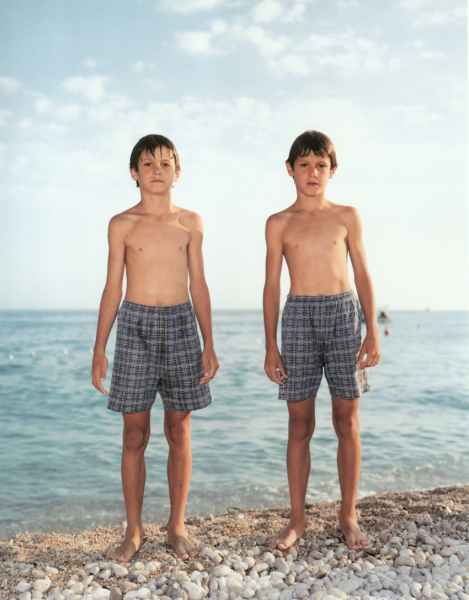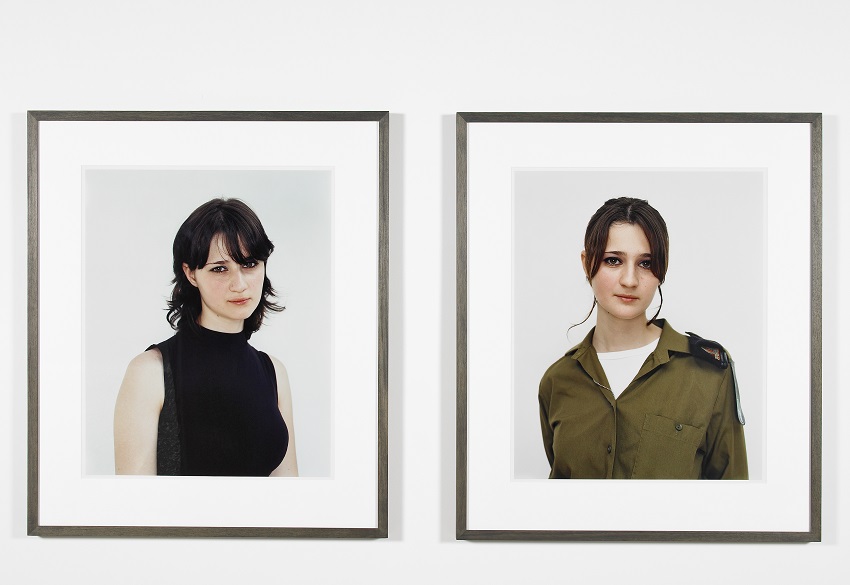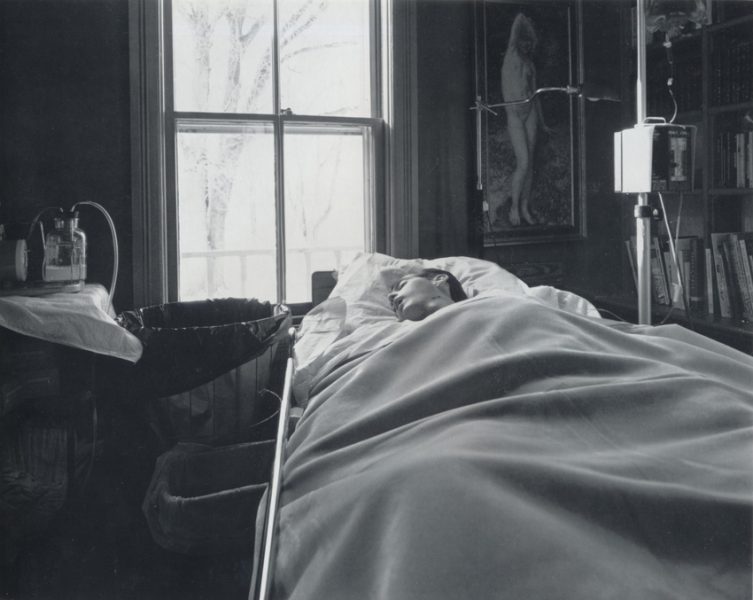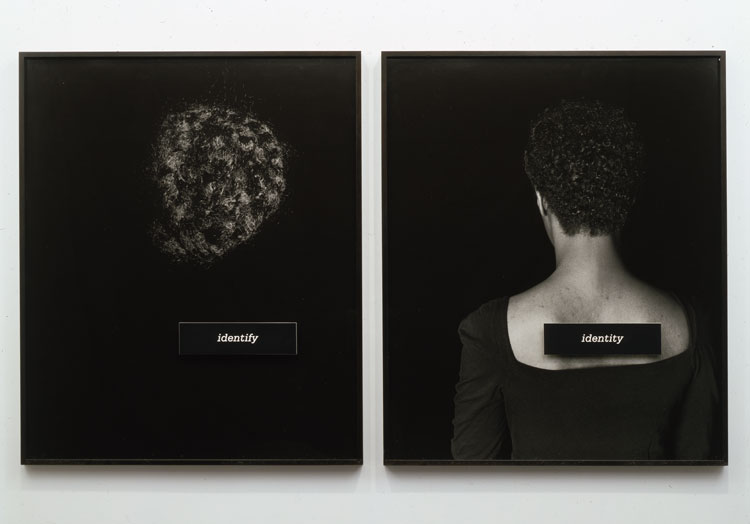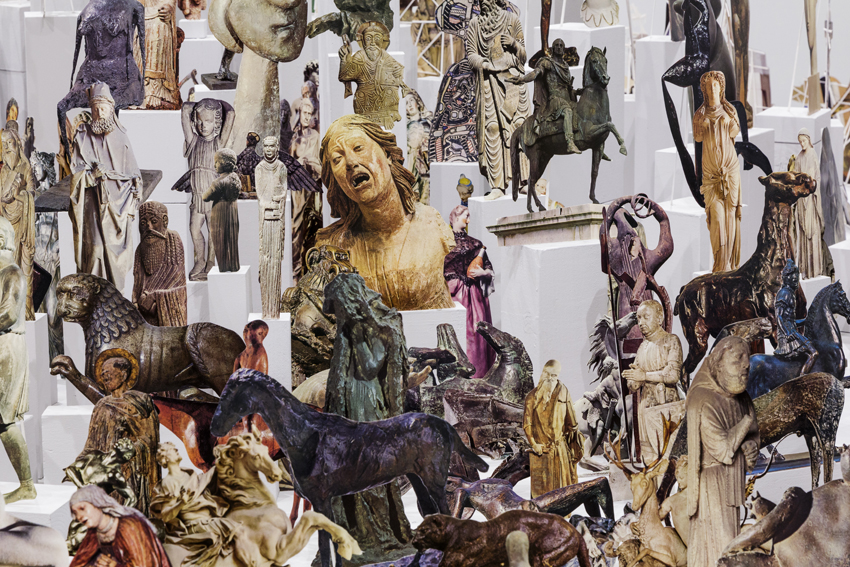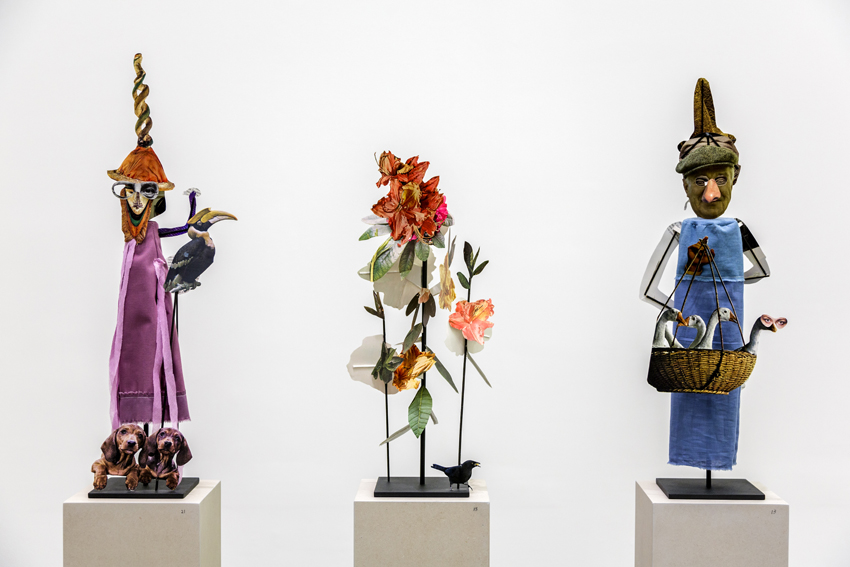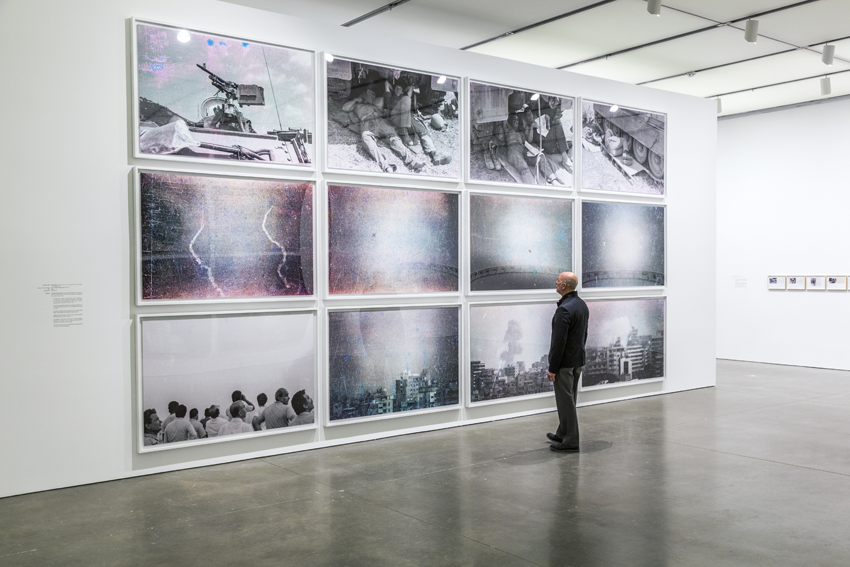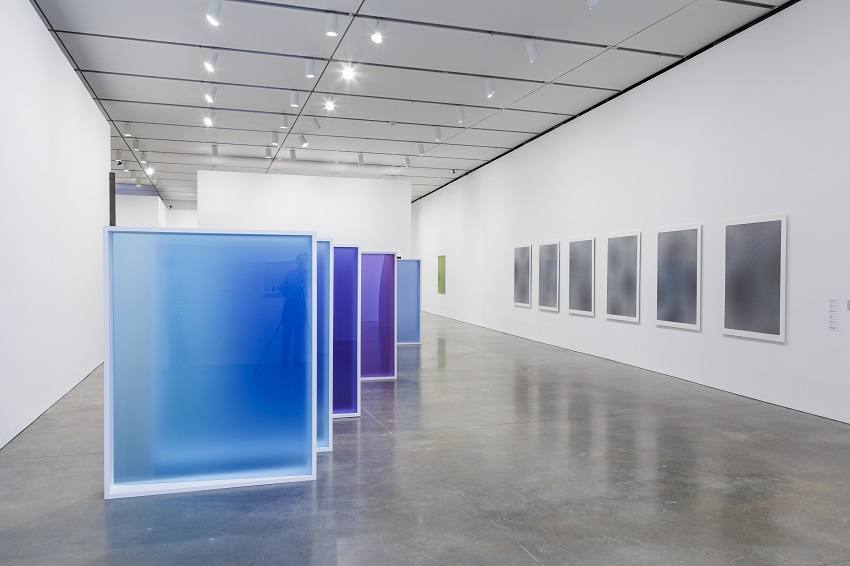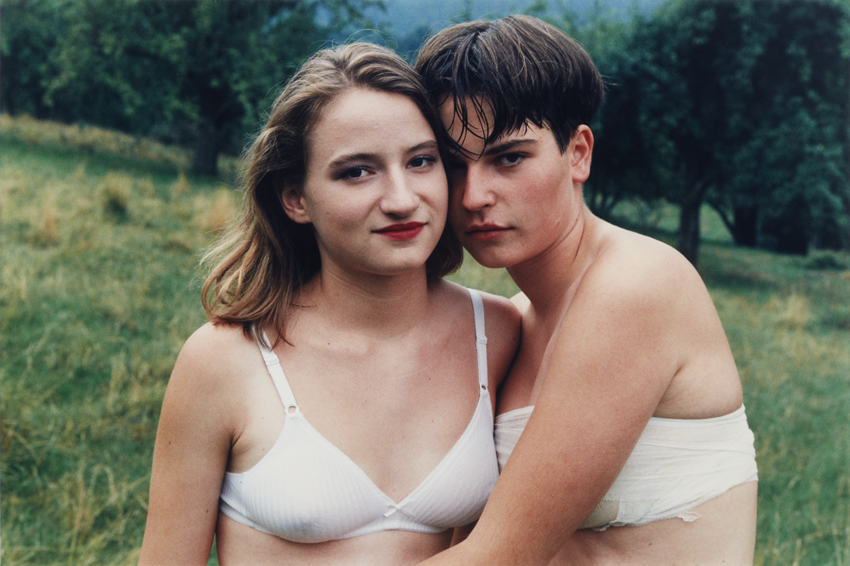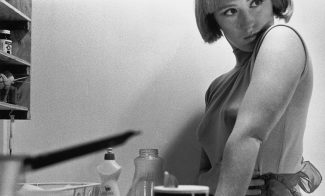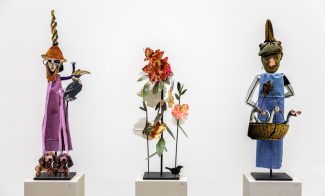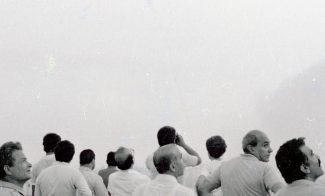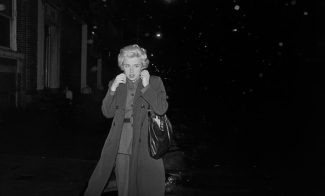We are living through an image explosion. The internet’s advent and subsequent online sharing platforms connect us to disparate geographies and time zones. Everything is easily sharable, and one of the simplest things to share with a virtual audience is an image or photograph. Arguably, the virtual photograph is the representative object or product of this era. Using available statistics, New Yorker web and technology writer Om Malik estimated that we, across the globe, take an average of four billion photographs a day, thanks in part to our smartphones. The photograph or image exists in the physical and virtual realms, and with new virtual reality technologies, those realms can be intermixed. The idea of the photograph as window, and one that is exclusively evidentiary, documentary, or archival, has essentially been dismissed. Especially as new software programs are able to alter the original image into entirely new ones—creating novel scenes, contexts, and meanings—it transforms the photographic window into a virtual screen of infinite potential.
As rapidly as we take and reproduce images, we wanted to take the time to reflect on the photographic medium. This summer and fall, the ICA/Boston is presenting a vast array of photography, including the solo exhibitions Geoffrey Farmer and Liz Deschenes, as well as several works in First Light: A Decade of Collecting at the ICA. Furthermore, with the ICA’s recent acquisitions and current holdings of photography, we are able to consider the diversity of the medium and how it, as well as our relationship with photography, has evolved over recent decades.
Since its inception, artists have experimented with photography and the camera apparatus, exploring the medium’s aesthetic and technical possibilities. In the age of mass reproduction, much of that exploration has addressed the medium itself and its enduring effects. In the late twentieth century, artists of what is now known as the Pictures Generation (named after the pivotal 1977 exhibition Pictures, organized by art historian and critic Douglas Crimp at New York’s Artists Space), represented in the ICA’s collection by Louise Lawler, Sherrie Levine, and Cindy Sherman (see their work this summer and fall in First Light: A Decade of Collecting at the ICA), notably appropriated and modified the panoply of images reproduced in mass media. They investigated the fraught constructions of gender, race, sexuality, and identity generated by the commercial sphere. These thematic strands and methodological strategies continue today, as seen in work by artists like Sara VanDerBeek and Leslie Hewitt, also represented in our collection. Rather than merely continuing the legacy of the previous generation, however, they spearhead these innovations into new, multidisciplinary realms, as many contemporary artists no longer work in only one medium, with many incorporating photography into their broader practice; if working primarily in photography, they do so through expansive means.
Artists Nan Goldin and Rineke Dijkstra, both represented in depth in the ICA’s collection, seemed to presage the rise of today’s selfie culture, through very different means, in their groundbreaking work of the 1970s and 80s. Nan Goldin began taking photographs of her loved ones and family members in this period; these private moments are framed to imply a greater narrative as she engages with subject matters such as gender and identity. Rineke Dijkstra, contrastingly, captures stark portraits of subjects caught in life’s transitional moments, from new mothers to young military recruits. Using a large-format 4 x 5 camera with long exposure, she privileges time and the temporality of the medium. Though Dijkstra and Goldin took these photographs in moments that have already passed, they resonate in today’s image-saturated and self-reflexive environment. As our personal lives have moved into the public realm, these images may now appear all too familiar. However, unlike today’s virtual mass of images, these contemplative works require us to stop before them. Their intimacy and boldness augment the images’ psychological effects, expanding into the viewers’ space, forcing us to contend with the depicted subjects.
Photography that provides insight into social issues is a significant strain throughout the medium’s history. Nicholas Nixon’s portraits of George Gannet in the ICA’s collection (part of the larger series “People with AIDS”) explore the intimate lives of individuals living with the disease. This series’ initial critical reception, taken and exhibited at the height of the AIDS crisis, revealed the fraught politics of representation and largely the convoluted relationship between art and politics that we still contend with to this day. LaToya Ruby Frazier’s photographs examine issues of politics as well as individual agency. In her series Notion of Family, she partnered with her mother, composing revealing portraits of their private lives in her hometown of Braddock, Pennsylvania, to also act as broader investigations into the city’s socioeconomic and environmental downturn. Frazier’s works often include references to African-American life and culture, as do Ellen Gallagher and Lorna Simpson’s works in the ICA collection. These artists scrutinize in distinct ways—using magazine advertisements or employing techniques of ethnographic photography—black culture and the societal effects on black bodies, particularly black female bodies. These artists use photography to present their individual voices, providing nuanced perspectives and understanding to complicated, yet potent issues in today’s sociopolitical climate.
As our collective image trove has proliferated, artists such as Geoffrey Farmer and Walid Raad have mined archives, extracting and examining images to show how we represent, or even make, history through these images. The Atlas Group, a fictional entity conceived by Raad, presents archival, photographic documents related to real events in Lebanon. The artist probes the distinctions between fact and fiction in relation to the constructions of histories of art in the Arab world. Geoffrey Farmer engages similarly with the image, as he uses reproduced photographs to create near-fantastical sculptural installations that he modifies each time they’re installed. These large-scale, photo-based sculptural works, for which he is best known, chart our historical and cultural landscapes. Scanning or hand-cutting images from outmoded art history textbooks to old Life magazines, Farmer, like Raad, examines the power of images and how they shape our social and cultural imaginaries. As these artists, however, work in different contexts, they expose the divergent, multiple facets and consequences of an image—how it can be used, even manipulated for various ends.
Moving from constructions of knowledge to actual architectural surrounds, Liz Deschenes, working at the intersection of photography, sculpture, and architecture, creates stunning sculptural installations exploring various photographic techniques that respond to the environment of a given site. Her works incorporate shifts in light, reflections, and movements of visitors, ultimately analyzing the mechanics of seeing. Deschenes’s non-figurative works are unique phenomenological experiences, and expand the possibilities of the photographic medium and what an image can be and do. The Artist’s Museum, opening at the ICA this fall, will also feature a selection of compelling photographic works that contend with the sculptural and spatial, embracing and enhancing a holistic understanding of the medium.
From Nan Goldin’s portraits to Geoffrey Farmer’s malleable installations, all of these artists either anticipated or remain cognizant of our image-based, digital world. Subjects in Collier Schorr and LaToya Ruby Frazier’s photographs in the ICA’s collection appear to have a natural relationship with the now-ubiquitous camera lens, while artists including Frazier reveal everyday hardships many face silently throughout the country in images that can now go publicly viral. The blurring of reality and fiction, and public and private, seems to be a through-line with many of these artists. However, even though these artists all employ photography, they demonstrate the diverse and near-boundless possibilities of the medium and—from technological capabilities to the overtly political—what we are able to communicate through photography. Today, we are living in an era of image overload, and the exponentially growing virtual milieu has fully entered into our physical lives. Considering how expansive photography has become in the larger cultural sphere, it is important to contemplate its effects and consequences, and will look forward to the possibilities and further influence of the medium in the coming future.
